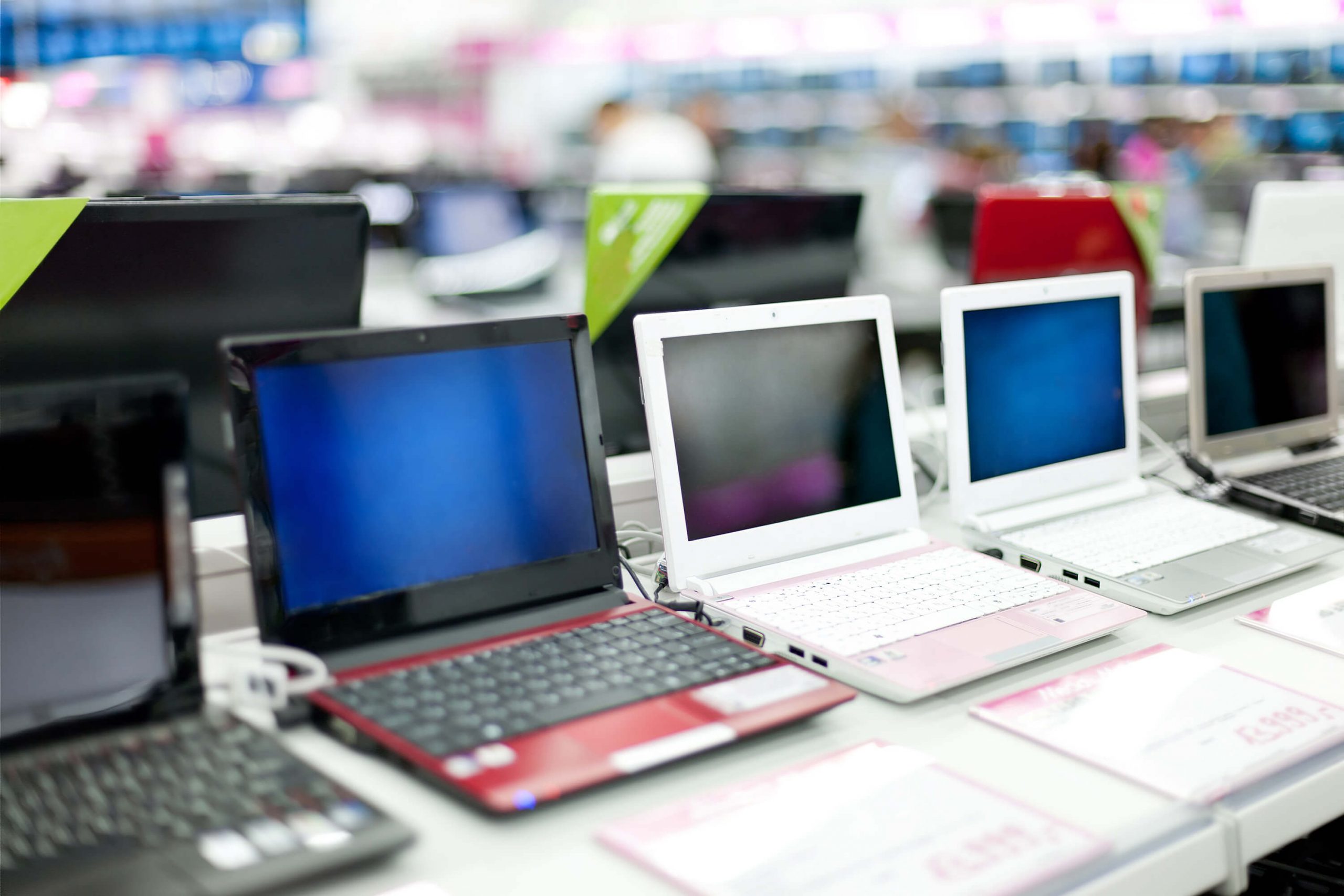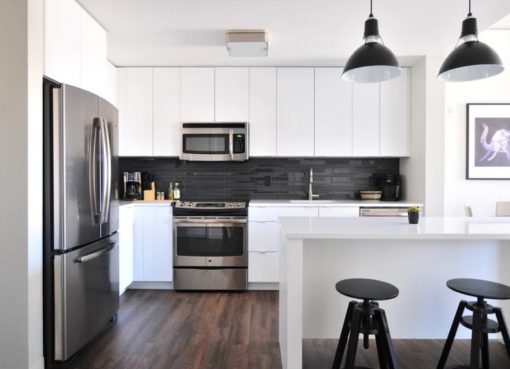That time of year is coming again, and despite the popularity of smartphones and tablets, many people will be taking the opportunity to replace their aging laptop. Although tablets are fine for checking email, watching movies, and surfing the Web, laptops and desktops are still the workhorses in most homes and offices.
However, selecting a new notebook can be a complicated matter, ranging from small laptops that cost less than $300 to get started, to MacBook Pros that can cost up to $ 2,800. Between those two categories, there is a wide variety of options that can confuse even the most knowledgeable buyer.
The first step is to ask yourself what you are going to do with the laptop. If you just want to stay on top of your email, organize your music, surf the Internet, the appropriate thing would be something like a Chromebook. If you are a heavy gamer or if your job has to do with lots of drawings and graphics then you will need a somewhat more powerful model.
Likewise, if the laptop is going to replace an older desktop machine, then a more compact model with a good-sized screen might be the right answer. But, if you’re always carrying your laptop and going through airport security, a lightweight laptop is a must.
The trick is not to pay too much for features that you will never use, but you will also have to be sure that you will be happy with what you have bought and that your laptop will last you at least 3 or 4 years. Once you decide what you are going to do with your laptop, here are some things to look for:
Processor
The processor is the most important thing in your laptop since it determines the complete operation, that is, its speed of response, how many applications can be run simultaneously, etc. Very small notebooks sometimes disappoint because their processors are not very powerful.
Third-generation Intel processors and AMD dual-core or quad-core processors are great options. (AMD’s dual-core or quad-core processors are basically multiple processors instead of just one; double the number of processors results in twice as efficient operation.)
Memory
Every computer comes with a certain amount of “Random Access Memory” (or RAM). With more memory, the operation of the laptop will be better.
As a general rule, you will need at least 4GB of memory if you are using Windows 8, the new Microsoft operating system that will be pre-installed on most new personal computers. If you are thinking of keeping your laptop for a long time, see if you can later improve the memory.
HDD Storage
This is the storage area of the computer and, again, the amount you require will depend on the number and size of the files you will keep. If you intend to handle large amounts of videos and other multimedia files, you will need at least 500GB. However, don’t overestimate your needs because it will cost you both money and weight.
(Many people are still confused when it comes to the difference between memory and storage. Imagine that your computer is an office. Storage is the amount of space in the file cabinets that are placed against the walls. Memory is the space that you have on your desk.
You take out the documents that are in the filing cabinets and take them to your desk to work on them; when you finish, you put them back in the filing cabinets. Computers work in the same way. Memory is the space you need to open and save the documents you are currently working on.)
DVD and CD player
Having a built-in DVD and CD player is nice, but not essential. If you plan to play a lot of DVDs or burn CDs, you should include it in your list. Otherwise, you can go for a lighter, more compact machine and buy a cheap external drive when you need it.
Display
Make sure that you are comfortable with the size of the screen. Sizes range from 7 ″ to 22 ″ (measured diagonally, like televisions). If you are going to spend all day in front of the screen, something between 13 ″ and 17 ″ will generally be adequate.
The risky will want the bigger ones, but remember that the biggest thing in laptops does not mean that they are better. There are many other factors to consider, such as brightness, color, and clarity. If you can, check the display in daylight or in as bright a light as possible.
Keyboard
Similarly, you should feel comfortable with the keyboard. The smaller the machine, the more stacked the keys will be. Even if you want to buy online, check the keyboard at a store or try to find a model of similar size before making the decision.
Battery
If you travel a lot or generally use your computer on the go, battery life is very important. Most midsize laptops now have a battery life of around 5 or 6 hours, so don’t settle for less. Similarly, what you do with the best laptop for cybersecurity and best laptops for science will determine how quickly the battery runs out.
If you like to watch movies, go for an option that lasts longer. Spare batteries or battery packs are not cheap, but they can be worth the money you spend on them.
Networking
Currently, all laptops include an Ethernet connection for high-speed Internet access and built-in cards for working on wireless networks, so you can have wireless access to public hotspots as well as your home network. You could also consider having Bluetooth capability, which will allow you to connect your laptop to other devices with Bluetooth capabilities such as printers, music speakers, etc.
Other Connections
It is convenient to look for other connections that include a VGA port for an external monitor, contacts for headband and microphone, and at least two USB ports to connect other items such as digital cameras, MP3 players, external memories, etc. For home use, you may also want HDMI connections or some other A / V connection to connect your laptop directly to your television.
Despite the complexity of the options that are available, the good news is that today’s laptops are fast, powerful, and inexpensive. With some knowledge, there’s no reason you can’t find the right laptop.
- How to Select the Right Laptop for You - April 28, 2020



